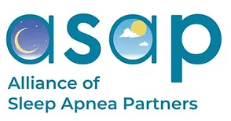Shining a Light on Living with OSA
SHINE Survey Results

The SHINE (Sleep Health Inquiries on Needs and Emotions) survey is the largest psychosocial sleep survey ever conducted, capturing responses from 1,500 people living with obstructive sleep apnea (OSA).
The SHINE survey was developed and its findings analyzed in consultation with sleep health patient advocacy groups and experts. This partnership ensured that the diverse experiences, needs, and perspectives of the OSA community were accurately represented.
Apnimed initiated this groundbreaking survey to shine a light on the psychosocial impact and burdens experienced by people living with OSA. We explored the behaviors and stigmas behind OSA and how the serious sleep-related breathing disease impacts people’s relationships, careers, mental health, and more.

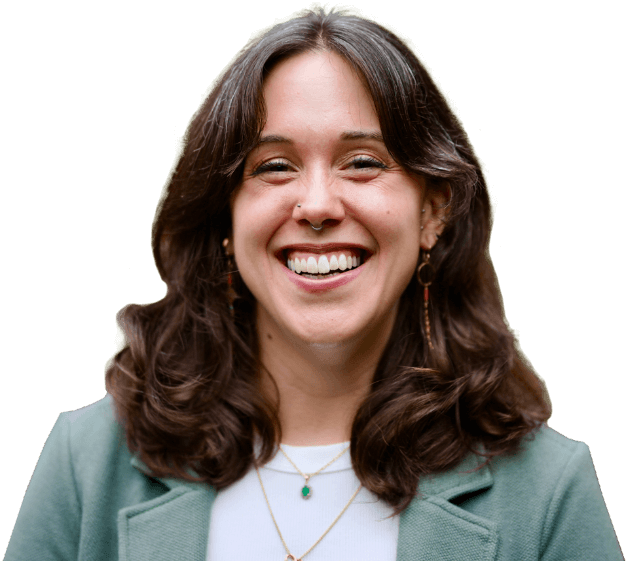
The SHINE survey results expose the profound daily challenges experienced by people with OSA. These results necessitate a clear call to action: calling for greater awareness, a deeper understanding of these impacts, and the need to cultivate compassion for people living with OSA.
Miranda Chappel-Farley, PhD
Sleep Neuroscientist and Patient Advocate Living with OSA
Thank You to the Community,
Advocacy Partners, and Expert Consultants

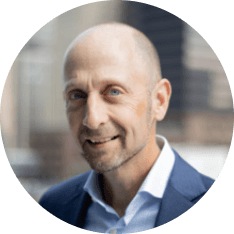

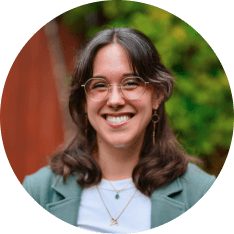
The SHINE survey has powerfully captured the voices and challenges faced by individuals living with obstructive sleep apnea, a chronic illness that has failed to receive the public attention it deserves. The real-life patient experiences spotlighted in the results emphasize the need for greater awareness, for both the public and healthcare providers, to improve recognition and management of this often-overlooked condition.
Monica P. Mallampalli, PhD,
Executive Director, Alliance of Sleep Apnea Partners (ASAP)
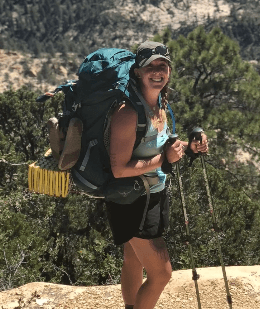

OSA Community Stories
Read the real-world stories of people living with OSA–from diagnosis to treatment.


Submit Your OSA Story
Share your experiences living with OSA.






